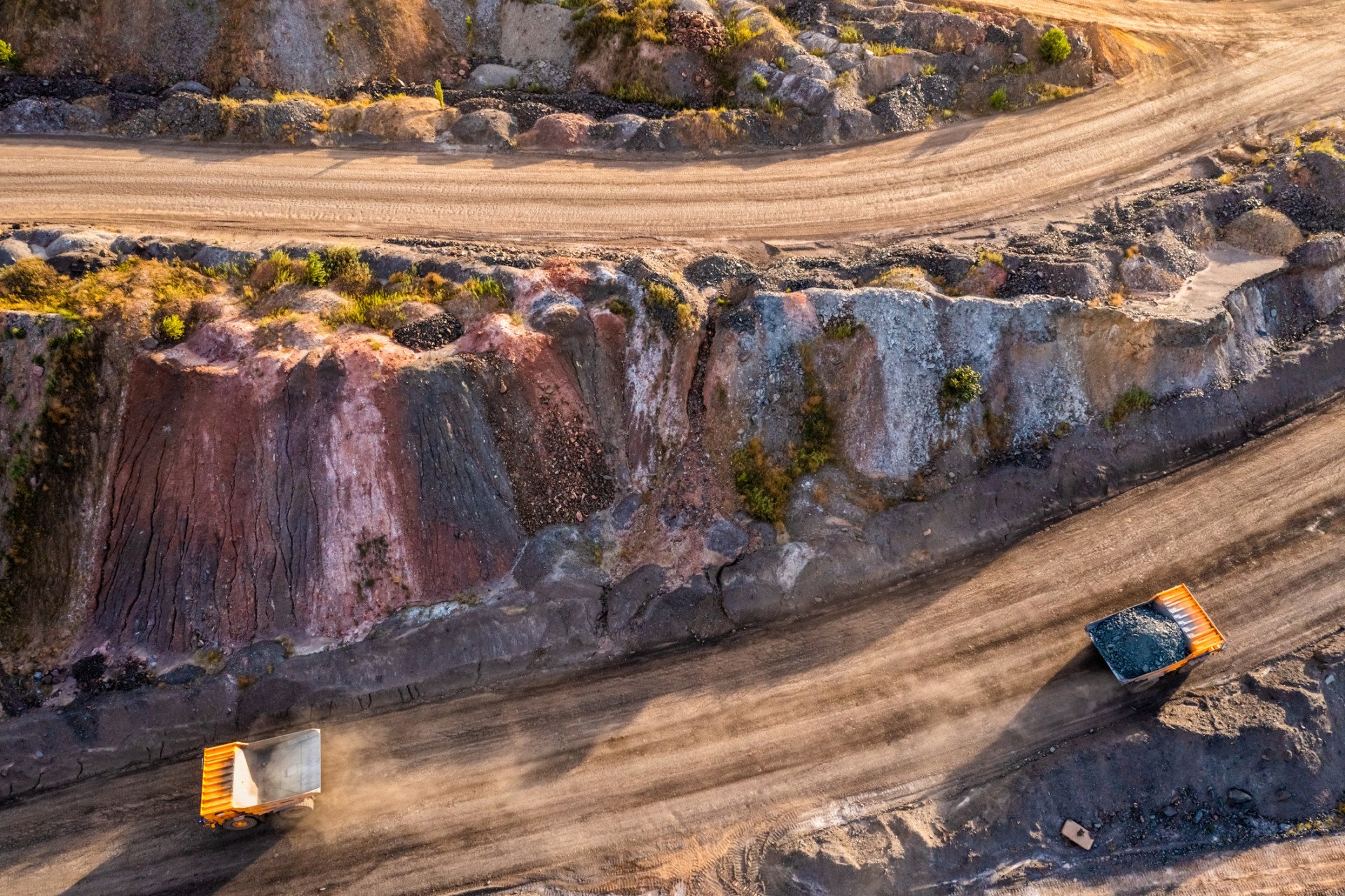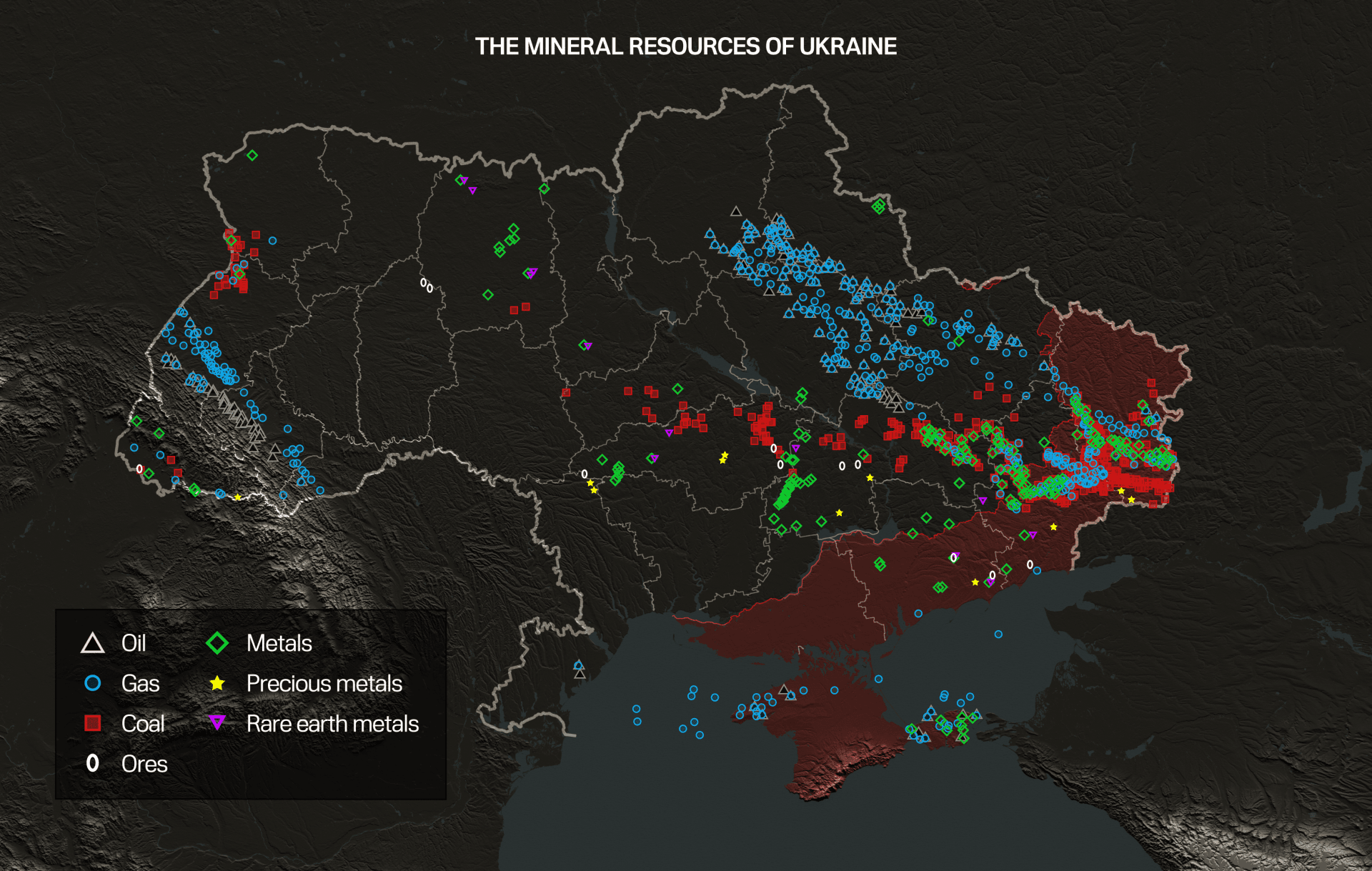- Category
- Business
Ukraine's Mineral Resources, Valued at $15 Trillion, Are A Prime Goal for Russia

Ukraine's mineral wealth is immense, requiring only investment for full-scale development. However, it has also become a target for Russia's military machine.
In 2023, Wagner Group forces relentlessly attacked the city of Bakhmut in eastern Ukraine. The "meat grinder" tactics employed by Russian forces led to some of the war's most brutal fighting at the time, with casualties reaching tens of thousands. Was Bakhmut so strategically vital to Russia? More likely, it was about political victory—and resources. Yevgeny Prigozhin and his Wagner Group, notorious for exploiting gold mines and other resources in Africa, sought similar gains in Ukraine, specifically aiming for access to gypsum mines near Bakhmut. Ultimately, Prigozhin was killed by his own country, failing to achieve his objective.
Prigozhin's case illustrates that one of Russia's goals in its war against Ukraine is resource exploitation. This discussion focuses solely on mineral wealth, excluding Ukraine’s agricultural potential.

Ukraine's proven mineral reserves are estimated at over 110 billion tons, encompassing around 100 different types of resources spread across the country. According to Forbes Ukraine, these reserves are valued at $15 trillion. This estimate is approximate and may not include some lower-value resources, which could push the total valuation even higher.
It’s important to note that Ukraine’s reserves are not just minor deposits but significant volumes valued in tens or hundreds of billions of dollars. For example, coal reserves alone are estimated at 40 billion tons. The country also boasts substantial deposits of manganese, iron, and titanium ores, as well as natural gas reserves valued at nearly $0.5 trillion. Ukraine has been ramping up gas production and plans to sustain itself through the upcoming winter without imports from other countries.
Ukraine also holds highly sought-after lithium ores critical for the energy transition, including battery production. Additionally, there are deposits of nickel, aluminum, cobalt, and other ores, along with numerous non-ferrous metals.
The primary regions containing these mineral deposits align with areas targeted or already occupied by Russian forces, including Crimea, Luhansk, Donetsk, and Zaporizhzhia regions. Significant deposits are also located in Dnipropetrovsk, Kharkiv, Poltava, and Kryvyi Rih regions. The value of mineral deposits in these territories exceeds $10 trillion.
Interestingly, Russia is itself rich in mineral resources. However, its goal lies elsewhere: market monopolization and price manipulation, a topic we covered in detail in one of our earlier articles.
Opportunities for Ukraine
Unlike Russia, Ukraine does not centralize all resources under state control and is open to collaboration with private businesses. For example, coal mining and ore extraction are often managed by large private enterprises. Even during the full-scale invasion, significant deals were struck, such as the purchase of an amber extraction business by a major Chinese investor.
Before the full-scale invasion, a Knauf factory near Bakhmut produced building materials using local gypsum. In mid-2023, Turkey's Onur Group acquired a granite quarry and continues to invest in its business operations in Ukraine.
Collaboration on resource development includes partnerships with foreign investors, as promoted by the Ukrainian government. Attracting investments and establishing enterprises in Ukraine offers a pathway to its recovery and future growth.
-29a1a43aba23f9bb779a1ac8b98d2121.jpeg)
-b63fc610dd4af1b737643522d6baf184.jpg)

-099180a164f53abb1128c9b5025a2b0e.jpg)
-46f6afa2f66d31ff3df8ea1a8f5524ec.jpg)
-4390b3efd5ecfe59eeed3643ea284dd2.png)

